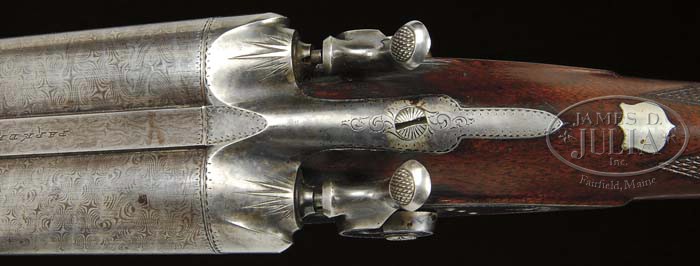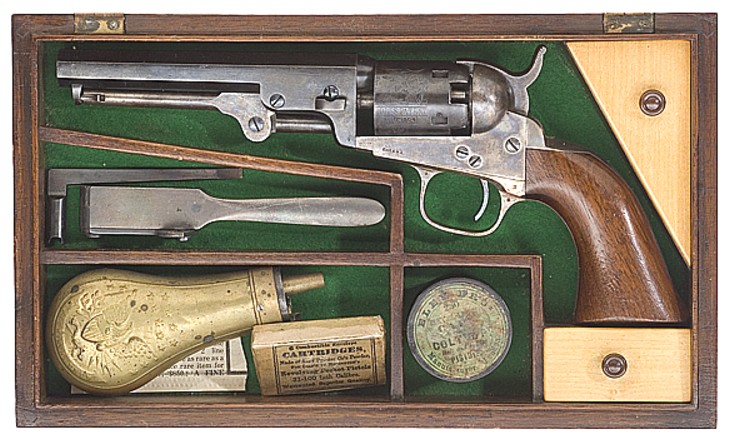 Damascus steel is yet another example of a term’s original definition becoming almost inextricably conflated with a different concept. Damascus steel, used historically in blades manufactured in Middle East, is also a bit of a mystery. The process, as best we can tell, started with wootz steel, a type of steel which appears to have originated in India approximately 300 years B.C. Beyond that, we have no idea how it was originally crafted. The origin of the name Damascus itself is a bit of a puzzle, as it is also unknown if it was first used for swords made or sold in Damascus or if it was applied based on a perceived connection between the appearance of the steel and Damask cloth, which also derives its name from Damascus.
Damascus steel is yet another example of a term’s original definition becoming almost inextricably conflated with a different concept. Damascus steel, used historically in blades manufactured in Middle East, is also a bit of a mystery. The process, as best we can tell, started with wootz steel, a type of steel which appears to have originated in India approximately 300 years B.C. Beyond that, we have no idea how it was originally crafted. The origin of the name Damascus itself is a bit of a puzzle, as it is also unknown if it was first used for swords made or sold in Damascus or if it was applied based on a perceived connection between the appearance of the steel and Damask cloth, which also derives its name from Damascus.
Perhaps it is this mystery or the distinctive appearance of Damascus steel, which is said to look like flowing water or watered silk because of the banded look of the surface, but Damascus steel has a reputation filled with legends about its sharpness and durability. Many tests have been performed on original examples of Damascus steel, but because there are so many variables in the production process – raw materials, techniques, equipment – efforts to replicate the steel have failed. True Damascus steel production seems to have stopped around the middle of the 18th century for reasons lost to us now, but historians offer a number of hypotheses, including the possibility of a trade route disruption (such a lengthy route, India to the Middle East, could have quite possibly have been disturbed long enough and to such an extent that the technique was lost in the interim), a change in the manufacturing process that removed the necessary impurities, or simply an obsessive degree of secrecy regarding the tricks of production.
Regardless of the reasons, pattern welded steel blades offer the closest replication, at least in terms of appearance. Pattern welding, which is similar to laminating steel and has been done since the Middle Ages, is accomplished by forge welding a group of different metals together and then twisting and manipulating them to create the appearance of a patterned surface. Blades and barrels formed by this technique (or from laminated or piled steel) are also often referred to as Damascus, even though the production process is completely different. Historians attributed this to bladesmith William Moran, who debuted his “Damascus knives” in 1973. Early on, there appears to have been some distinction in the use of the term “Modern Damascus,” but for the most part, weapons, historic and modern, with barrels and blades forged by pattern welding are also simply referred to as Damascus.
Meanwhile, experts in the field of experimental archaeology continue to try to unravel the secrets of Damascus steel production. As for us, true Damascus steel is rare enough that, with the additional restriction of adequate detail photographs, the picture above shows pattern welded steel, although you can see an cannon with a Damascus barrel here.




